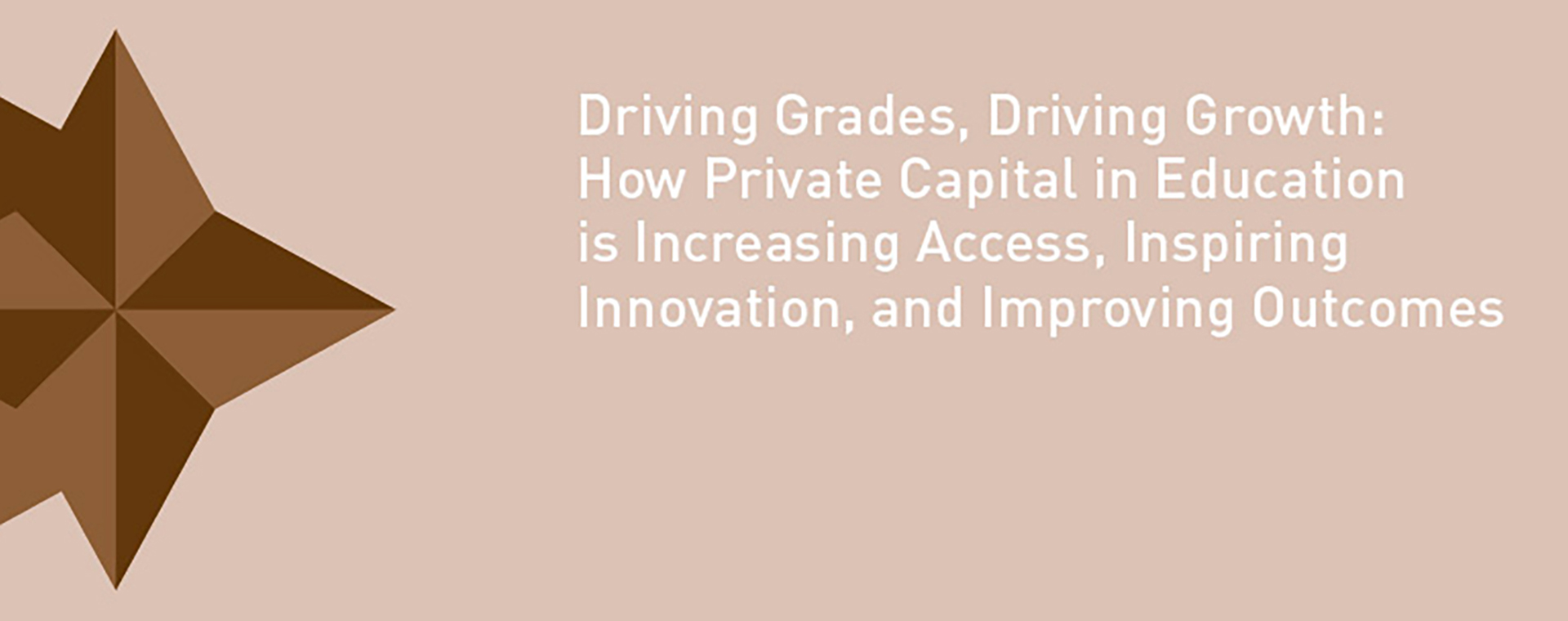
The face of education is changing. A generation ago, education delivery was dominated by the public sector across geographies, and publishers dominated private sector education. Technology played a minimal role, and few investors were engaged.
For too many people in too many countries, education was a privilege rather than a right.
The consequence? Unrealized human potential, alongside more tangible outcomes: lower GDP growth, since education is highly correlated to economic growth; greater instability, since a year of school makes boys 20% less likely to engage in armed conflict; and greater maternal and child mortality, since education drives decreases in both (for example, maternal deaths would be cut by two-thirds if all women had a primary education).
But over the last 30 years, and particularly since the introduction of the Millennium Development Goals, the education sector has undergone a radical shift.
During this period, primary school enrollments in developing countries nearly doubled, while secondary enrollments increased more than four times. This has also increased demand for university seats and vocational education.
Governments have played an essential role in increasing access, but in many nations the increasing demand for high-quality education has led to overcrowded schools and universities, as public systems struggle to keep pace with rising demand.
For example, India must build hundreds of new tertiary institutions to accommodate its “demographic dividend” of young people and fuel continued economic growth. However, at current rates of college capacity growth, by 2020 India will have more college-uneducated adults than it does today.
Furthermore, even where capacity has been dramatically increased, quality can be a concern. Just because a child is in school does not mean that child is learning, and teacher absenteeism and school overcrowding are persistent concerns in emerging markets.
Against this backdrop, private capital is increasingly being deployed to finance education. Private education operators are proliferating across segments, from early education to vocational training and education technology. Deal flow has dramatically increased, with mergers and acquisitions activity in the sector up by over 600% since 2000.
Private capital has been a game changer within education for three reasons:
- Expansion: Private financing allows institutions to scale, giving access to more children. Private providers aim to maximize profits alongside improving impact, and increased scale drives revenues.
- Innovation: Competition drives innovation. Governments may not have the capacity or risk appetite to test-drive new models of education delivery, but private financing of education supports research and development that drives more effective, higher quality provision.
- Outcomes: Private capital is driving education providers to track data and improve outcomes because investors want to see measurable impact.
There are diverse examples of private capital within education. One example is Bridge International Academies, the world’s largest education company serving families earning less than $2 (USD) a day, now reaching 100,000 children. The organization’s backing by a range of venture capitalists and impact investors has enabled it to expand across Kenya and into Uganda, Nigeria and India.
Another is Educate Girls, which recently launched a Development Impact Bond (also known as a Payment by Results bond) in partnership with a mainstream investor. The financing will enable almost 20,000 children in India to access a higher-quality education.
In the higher education sector, Ideal Invest, a student finance company in Brazil, has enabled more than 50,000 students to attend university. Its loan book is financed by a traditional investment vehicle – an asset-backed security offered on the Brazilian stock exchange.
To be sure, there are risks where private capital engages with public goods, but these are outweighed by the urgent need to get more children into education. The progress to enroll the 275 million children who remain out of school has stagnated since 2012. Private sector financing and private education operators can help to drive access for millions more children as a supplement to public systems.
Government and other stakeholders play a key role in mitigating risks and supporting the effective deployment of private capital by designing transparent, consistent and supportive regulations, often developed in partnership with industry. Governments can also leverage public-private partnerships to drive education access, particularly in segments that are oversubscribed or underserved, such as special needs education.
It is an exciting time to work in education. The sector is at the outset of an important process of evolution that has the potential to open access for millions of people. The need for – and proven success of – private capital in education will ensure its ongoing growth, particularly in emerging markets.
Parthenon-EY explores these and other issues in a new report with the World Innovation Summit in Education (WISE): Driving Grades, Driving Growth: How Private Capital in Education is Increasing Access, Inspiring Innovation, and Improving Outcomes.
The views expressed by Ashwin, Maryanna and Roisin are their own and do not necessarily represent those of Parthenon-EY or the global EY organization.


